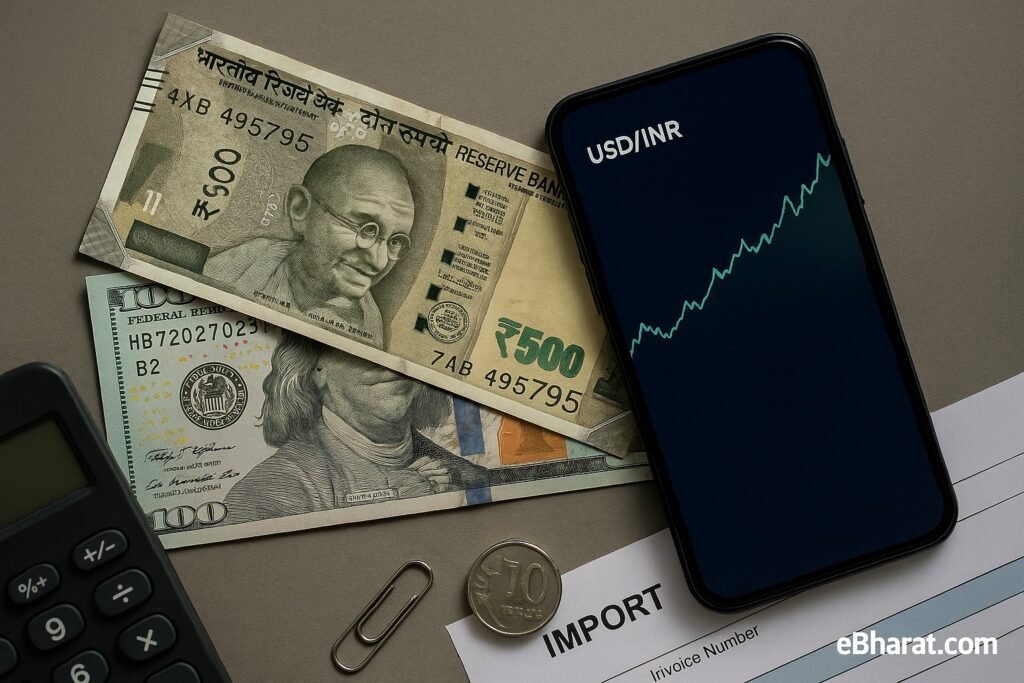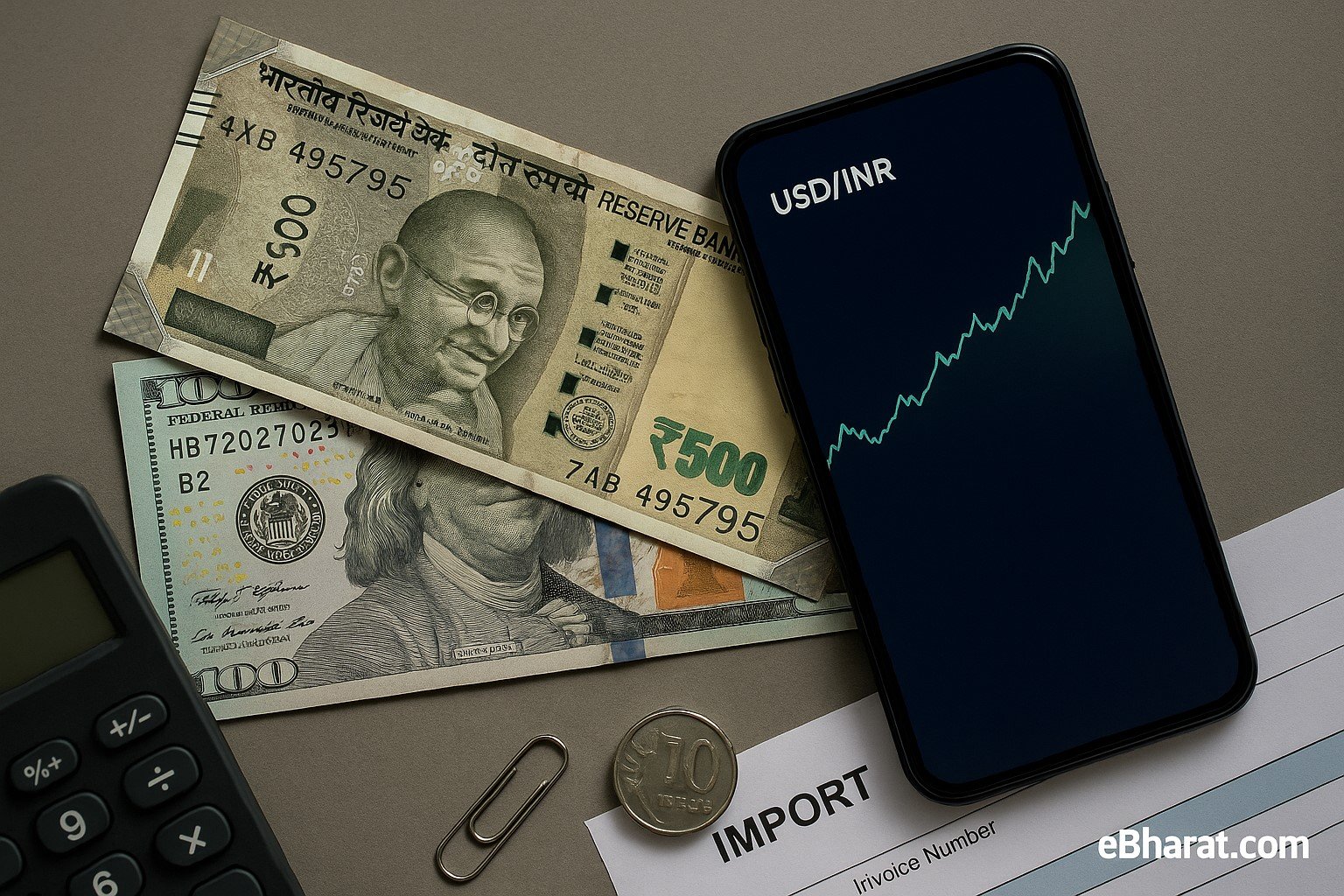
Mumbai, September 24, 2025 — The Indian rupee hovered near its record low on Wednesday, quoted around ₹88.8 per U.S. dollar after setting fresh troughs this week. Traders cited steady dollar demand from importers and foreign banks, even as the Reserve Bank of India stepped in to calm moves in spot and offshore markets.
Why it matters
A weaker rupee raises landed costs for oil, chemicals, electronics and machinery importers, squeezing margins unless prices are passed through. Exporters benefit from better rupee realisations, but global demand and contract pricing can blunt that advantage. The latest slide has been fueled by a steep hike in U.S. H-1B visa fees and higher U.S. tariffs on Indian goods, alongside broader Asian currency weakness.
By the Numbers (intraday)
- USD/INR spot: ~88.74–88.90 (near record low 88.7975 hit this week)
- Prev close: 88.7550
- RBI stance: Reported intervention in spot and NDF to cap volatility
- Equities: Sensex/Nifty ~–0.4%, IT ~–1% amid FX and global caution
- FPI flows (Sept to date): ~$1 bn net outflow
Sources: Reuters intraday market updates.
What importers and exporters are doing
- Importers (oil, manufacturing, retail): Staggering near-term hedges/forwards and tightening inventory cycles to manage cash flows as the rupee tests new lows. Elevated gold-linked dollar demand around the festival season has also kept the FX market bid for dollars.
- Exporters (IT, pharma, specialty chemicals): Locking into higher realisations where possible while reassessing pricing and credit terms with overseas buyers. Visa-fee changes may weigh on IT deal economics and onsite deployment, complicating revenue visibility.
What’s driving the move
Beyond seasonal dollar needs, the currency remains under pressure from policy overhangs (tariffs/visa fees) and portfolio outflows. RBI’s measured presence has helped steady the tape, but dealers expect downside risks to persist if dollar demand from corporates stays firm and global cues remain shaky.
Risks ahead
A decisive break above ₹89/$ could unsettle inflation expectations and import budgets before festive-season demand peaks. Conversely, any thaw in global risk sentiment—or signs of sustained RBI supply—could slow depreciation. For now, options markets signal contained volatility even at record lows, suggesting an orderly, policy-managed move rather than panic.
Outlook
Expect two-way but rupee-weak bias near term, with eyes on RBI operations, crude trends, FPI flows and U.S. policy headlines. Import-heavy sectors will likely stay cautious on hedging and pricing, while exporters try to crystallise gains without denting demand. Unless global crosswinds ease, the rupee may trade heavy around 88–89 with sporadic RBI-led pullbacks.













